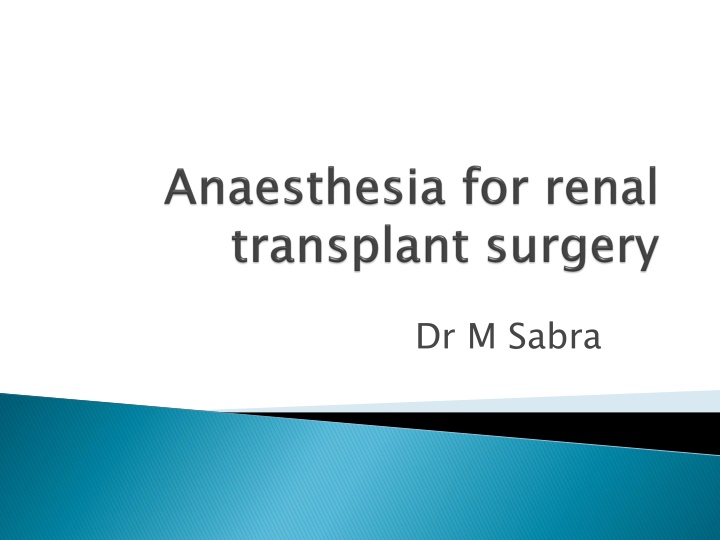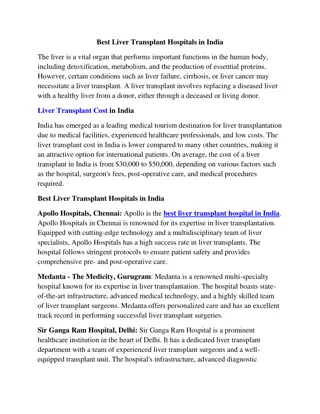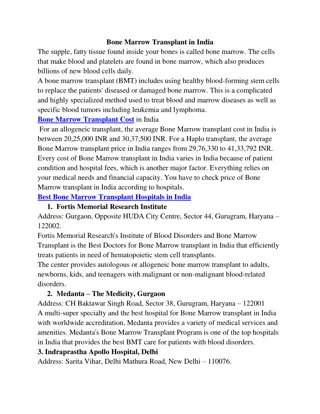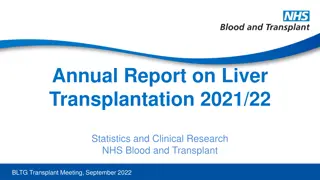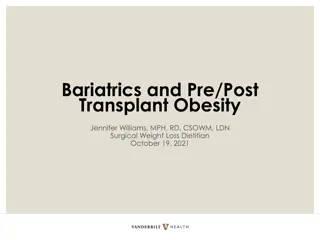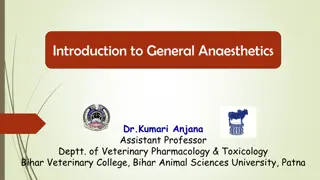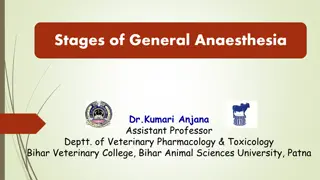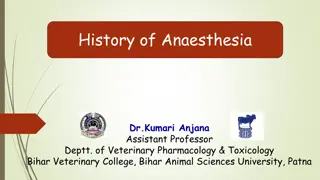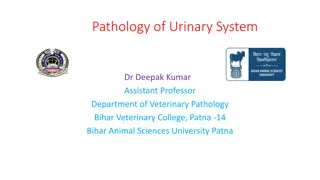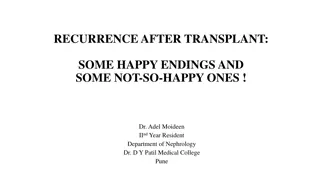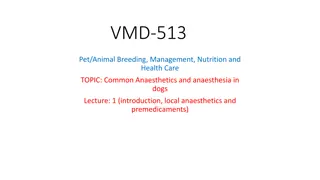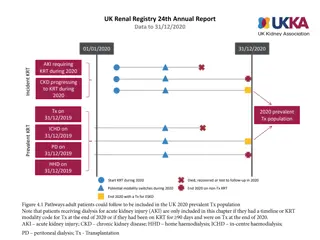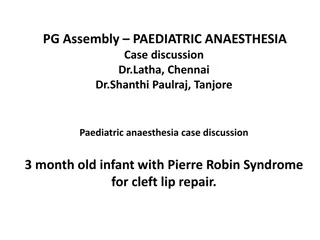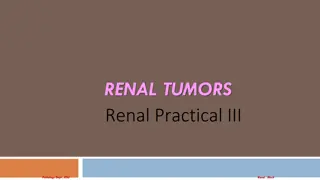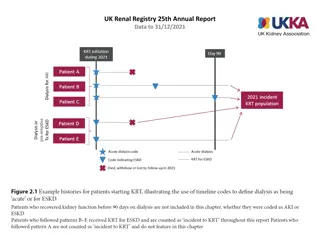Dr M Sabra
End-Stage Renal Disease (ESRD) is a severe condition characterized by irreversible kidney function decline. Learn about the stages of chronic renal failure, causes of ESRD, and treatment modalities like dialysis and transplantation. Explore complications, techniques, and precautions associated with managing ESRD.
Download Presentation

Please find below an Image/Link to download the presentation.
The content on the website is provided AS IS for your information and personal use only. It may not be sold, licensed, or shared on other websites without obtaining consent from the author.If you encounter any issues during the download, it is possible that the publisher has removed the file from their server.
You are allowed to download the files provided on this website for personal or commercial use, subject to the condition that they are used lawfully. All files are the property of their respective owners.
The content on the website is provided AS IS for your information and personal use only. It may not be sold, licensed, or shared on other websites without obtaining consent from the author.
E N D
Presentation Transcript
ESRD is defined as irreversible decline in kidney function, which is severe enough to be fatal in the absence of dialysis or transplantation. ESRD is included under stage 5 of the National Kidney Foundation Kidney Disease Outcomes Quality Initiative classification of chronic kidney disease (CKD), where it refers to individuals with an estimated glomerular filtration rate less than 15 mL per minute per 1.73 m2 body surface area, or those requiring dialysis irrespective of glomerular filtration rate
Stages of Chronic Renal Failure based on GFR STAGES GFR (ml/min/1.73m2 of a body surface area) STAGE-1 > 90 STAGE-2 60-89 STAGE-3 30-59 STAGE-4 15-29 STAGE-5 < 15 (ESRD)
DM Hypertension Coronary artery diseases Congestive heart failure Glomerulonephritis Pyelonephritis Polycystic kidney Others : tubulointerstitial diseases and -other familial and congenital diseases
Dialysis Hemodialysis Peritoneal dialysis OR Transplantation
Diffusion of solutes across a semipermeable membrane down conc gradient Hemodialysis - shunt / fistula Peritoneal dialysis
Hyperkalemia unresponsive to conservative means Refractory acidosis Volume overload Uremic pericarditis Uremic neuropathy
Hemodialysis : Arteriovenous fistula - long term Arteriovenous shunt - short term Temporary venous catheters short term
Predominant technique Done three times a week Duration 2.5 - 5 hrs
Needs 4 weeks to mature Complications : Thrombosis Infection Haemorrage Steal Precautions- Padding of fistula Avoid BP cuff No sampling Avoid hypotension
Peritoneum as endogenous dialysis membrane CAPD /CCPD Access via silastic catheter
advantages advantages disadvantages disadvantages Hemodialysis short time , better small solute removal Need heparin ,vascular access , hypotension , poor BP control Peritonial : steady state , higher hematocrit, better BP control , large solute removal , source of nutrition Peritonitis , hernia back pain , obesity
Acute : Hypovolemia Electrolyte imbalance Disequilibrium syndrome Chronic : Dialysis dementia Hypoproteinemia infections
Better quality of life Better 5 yr survival rates 70% vs 30% Improves anaemia , peripheral neuropathy , autonomic neuropathy and cardiomyopathy Dialysis negatively affects success of transplantation
Absolute contraindications : Disseminated or untreated cancer Severe psychiatric disease Irresolvable psychosocial problems Persistent substance abuse Severe mental retardation Un-reconstructable coronary artery disease or refractory congestive heart failure
Treated malignancy Chronic liver disease History of substance abuse Structural genitourinary tract anomaly Past psychosocial abnormality
LIVE or CADAVER Live -> related or unrelated Ideal donor Age = 18 - 60yrs Compatible blood group No DM or HTN Psychologically motivated Viral markers ( - )
Fully informed of risk and benefits Aware of alternative methods Willing to donate Psychosocially capable Unrelated donors Need permission from authorization committee
Hemogram ,KFT , LFT CT angiography and urography Psychiatry , dental ,opthalmologic and cardiac evaluation CMV antibodies Tumors scan and global GFR Immunological testing
Good physical health ASA 1or 2 Open / laparoscopic Flank position risk of hypotension Maintain good hydration and diuresis Mannitol before cross clamping Avoid direct acting vasopressors Post op pain iv opioids , no NSAIDS
Brain dead donors or non heart beating : Brain dead donors : Need peri op hemodynamic stabilization Metabolic and electrolyte disturbances Intra op goals ( rule of 100 ): Systolic BP >100 mm hg Pao2 > 100mm hg Urine output > 100ml /hr Hemoglobin > 10 gm/dl CVP between 5 -10 mm Hg
Muscle relaxation needed Analgesia ????? required Volatile and opioids needed for hemodynamic stability
Important pre transplant Important pre- -operative considerations prior to renal transplant. operative considerations prior to renal Cardiovascular disease Ischaemic heart disease Congestive cardiac failure Hypertension Diabetes mellitus Anaemia Hyperparathyroidism and elevated calcium and phosphate Dyslipidaemias Infections Hepatitis B Hepatitis C Newer cardiovascular risk factors C-reactive protein Homocysteine Duration of end-stage renal disease Centre effect
CVS : Control hypertension Accelerated CAD - dyslipidemia , hypertension , Calcium & phosphate metabolism volume overload - dialysis
Chronic anemia : Maintain hematocrit close to 25% Erythropoietin supplementation Uremic coagulopathy : deficient factor VIII , VWf and abnormal platelet function Dialysis , desmopressin, cryoprecipitate , FFP
Hyperkalemia K >5.5 need treatment Dialysis or pharmacological intervention Calcium phosphate product - calcification in vessel Hypermagnesemia relaxants - enhance muscle
Hypoalbuminemia or volume overload risk of pulmonary edema Pleural effusion Dialysis , albumin supplementation
Stiff joint syndrome Autonomic neuropathy Silent MI Peripheral neuropathy Electrolyte imbalance Diffuse atherosclerosis Ensure blood sugar control 29
Risk of haemodynamic fluctuation Risk of gastric aspiration Reduced heart rate variability >15 / min is normal
Site of AV fistula Previous cannulation Ascites
ABO compatibility HLA matching Crossmatching negative PRA( panel reactive antibody) levels ideally less than10%
Hemoglobin , platelets ,KFT ,LFT, CXR ,ECG, echo , viral markers ,immunological testing Pre op dialysis - a day prior to surgery Patients native urine output Post dialysis inv : serum electrolytes ,urea, ECG , CXR , pt weight (<2kg difference)
Aspiration prophylaxis delayed gastric emptying Dose reduction of H2 antagonists Continue antihypertensives Anxiolysis - midazolam (water solubility )
Standard ASA monitoring -> 5 lead ECG Pulse oximeter eTCO2 Temp NIBP ( non fistula arm ) CVP ( PAC sig LV dysfunction ) NMT
Thiopentone - free fraction needs reduced dosing, slow rate of administration Etomidate minimal cardiodepressant effect Ketamine - hypertensive effect ; avoid Propofol - titrated doses
Enflurane , methoxyflurane flouride toxicity Desflurane , sevoflurane safe Halothane reduces RBF , cardiac depressant effect Isoflurane preserves RBF , mild cardiodepressive effect , low renal toxicity Anesthetic agent of choice
Morphine , meperidine metabolites renally excreted Fentanyl Sufentanil Alfentanil Remifentanil Doses reduced by 30-50%
Atracurium and cisatracurium - organ independent elimination Rapid sequence induction Succinylcholine - K < 5.5 meq/L Rocuronium 1.5mg/kg , hepatobiliary elimination Vecuronium metabolite accumulation
Maintain asepsis Supine position , fistula care Preoxygenation Rapid sequence intubation diabetics IV agents - thiopentone most popular
Adequate intravascular volume - improves graft function Maintain CVP 10 -15 mm hg Mannitol - 0.5-1 g/kg Increases renal cortical blood flow and intravascular volume , free radical scavenger , increases release of prostaglandins
Low dose Dopamine has been proved neither a reduction in acute renal failure nor an improvement in renal function in patient with renal failure It also did not demonstrate improved renal protection when used in cadaveric renal transplantation. Dopexamine has been shown some renal protection during aortic surgery but its potential benefit during renal transplant has not been evaluated. 43
Furosemide - counteracts action of stress induced ADH release , inhibits Na K ATPase to decrease O2 consumption , converts oliguric to non oliguric Calcium channel blockers verapamil injection in renal artery .Preserves RBF , reduces effects of cold ischemia
Avoid potassium containing fluids in stage 5 CKD Medium / low molecular weight HES can be used Albumin can be used
Adequate volume status Maintain blood pressure Avoid renal vasoconstriction Prevent tubular obstruction diuretics
Extra caution : Intubation avoid hypertension and tachycardia Anastomosis - avoid hypotension, hypovolemia and hyperkalemia Extubation - NMB fully reversed , awake patient
Monitor urine output Post op analgesia intermittent boluses of fentanyl /morphine or PCA Potassium levels , urea and creatinine levels measure daily Maintain adequate hydration
TIVA propofol with fentanyl /alfentanyl/ remifentanil /atracurium Neuraxial blocks epidural / CSE Advantages avoids intubation , opioids and relaxants ,good post op analgesia Disadvantages : uremic coagulopathy,peripheral neuropathy,hypotension ,duration of surgery
Local anaesthetics Faster onset and offset Dose reduction by 25% to avoid CVS and CNS effects
